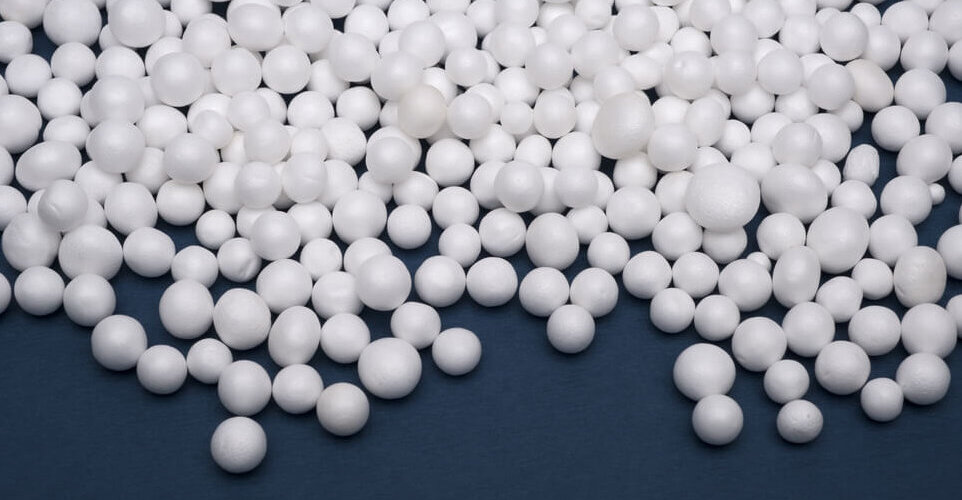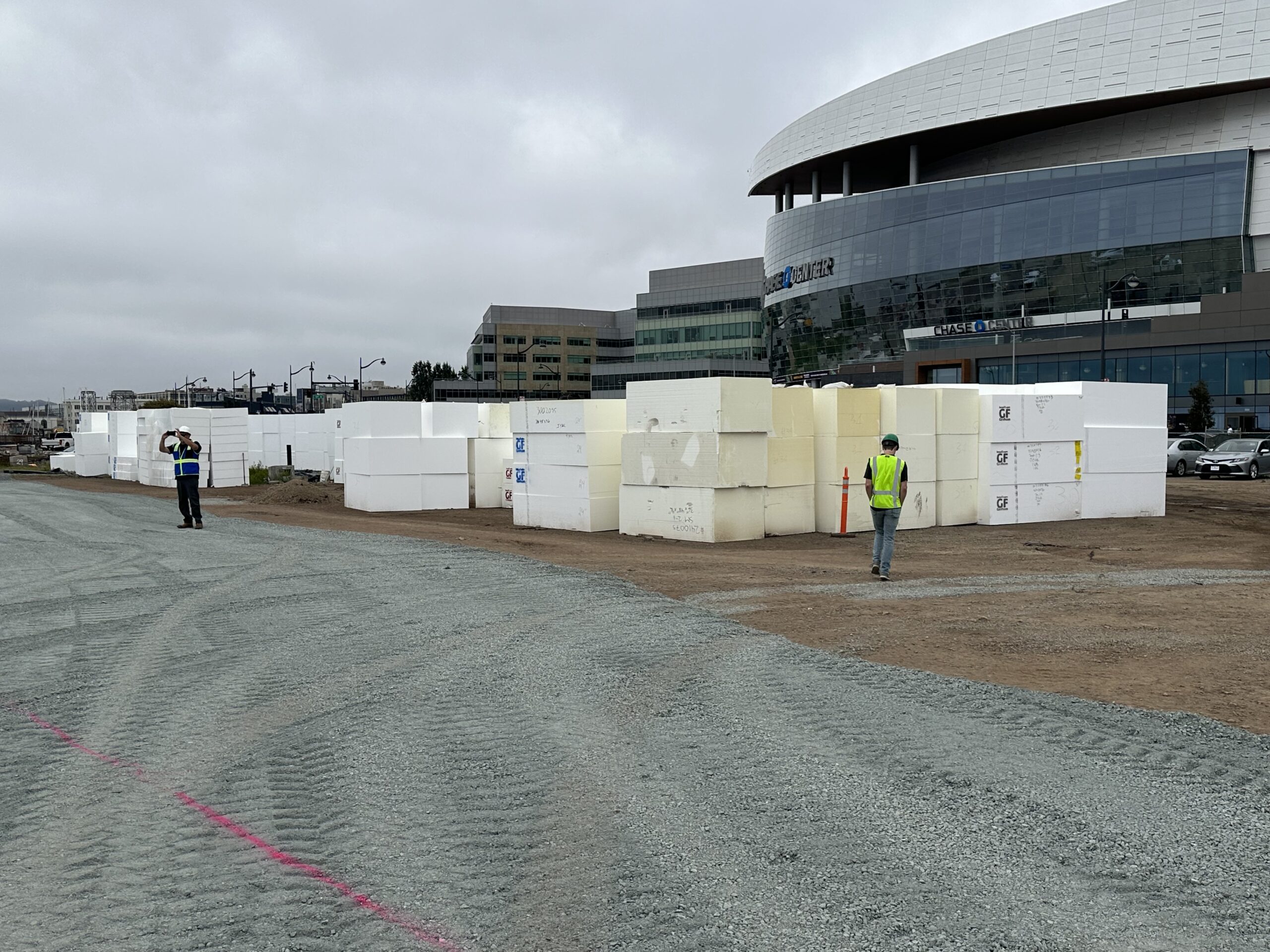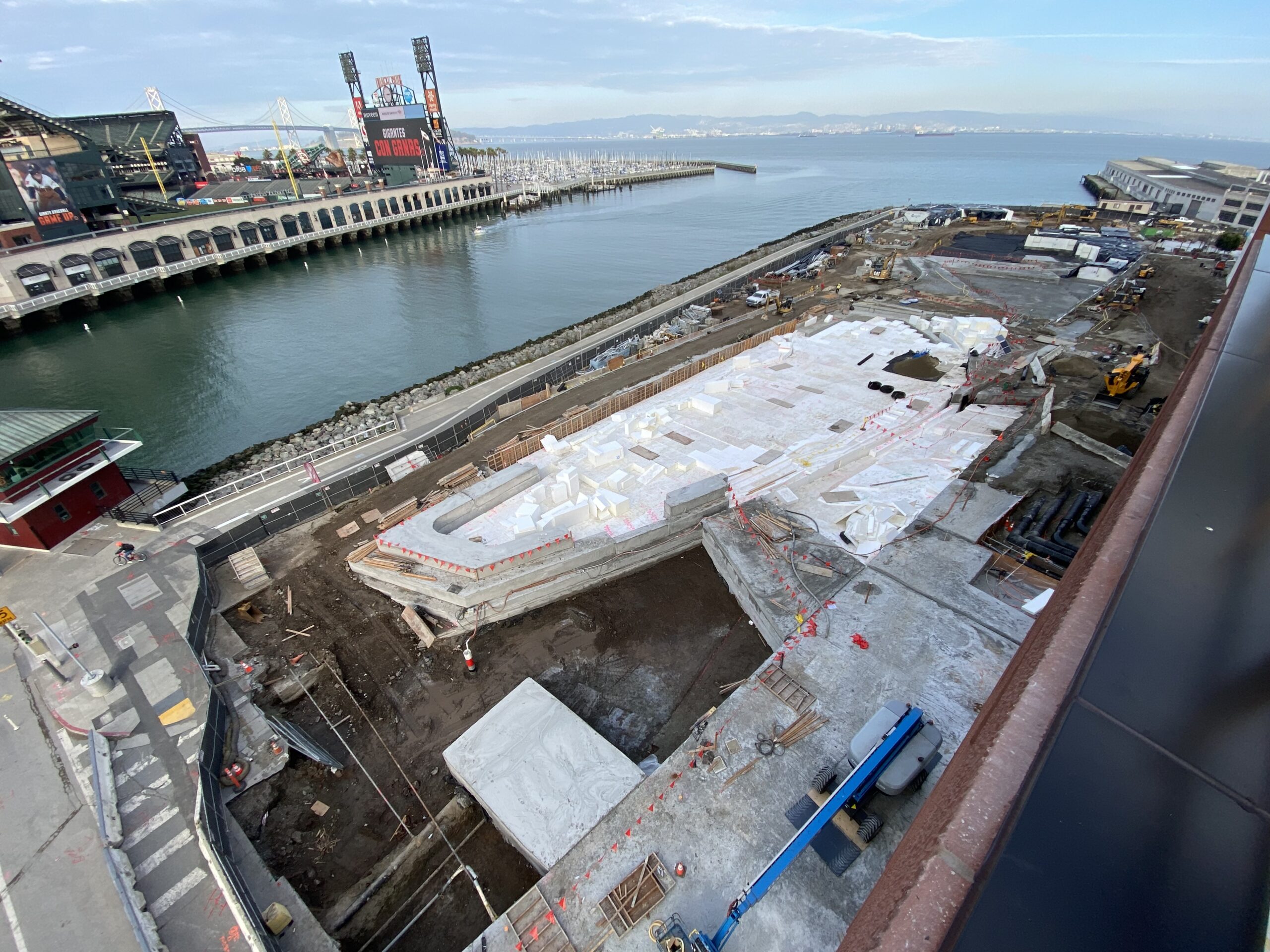EPS (expanded polystyrene) or “geofoam” is gaining popularity as a widely acceptable and cost-efficient construction and insulation material. Because it is extremely lightweight and can withstand harsh conditions, geofoam is commonly used for structural fill material, elevated slab applications, road construction, stabilizing slopes, bridge embankments and much more. Since geofoam was introduced in the 1950s, it has been used in thousands upon thousands of various construction projects worldwide.
The Process of Making Geofoam Blocks

So, how are these multi-use eps foam blocks made? Here is your guide to how geofoam blocks are manufactured and 3 facts you may not have known about them.
What is EPS Geofoam Made From?
Expanded polystyrene geofoam, which holds a lot of the same characteristics of Styrofoam, is made from a material called polystyrene polymer. One difference between the commonly known Styrofoam sheets and EPS geofoam is in the way the foam foundation blocks are manufactured. It all starts with polystyrene resin “bead”. EPS geofoam is then fed into a hopper for manufacturing along with the addition of heat and pressure. It is a thermoplastic material that can be shaped and reshaped repeatedly.
Polymerization of Polystyrene
Geofoam blocks are made through a process called polymerization, which is a process to create polystyrene by applying heat and pressure within a mold. Depending on how much heat and pressure are added to the beads within the mold, different densities of expanded polystyrene geofoam can be produced.
Resin Bead Expansion
To create geofoam blocks, polystyrene beads are expanded first into pre-puffs before they are fed into a designated mold for final expansion. During this pre-puff stage, a limited amount of resin beads are placed inside an expansion vessel. Steam is then injected into the vessel to soften hard resin beads and partially or completely evaporate the expanding agent within them. The amount of heat from the steam determines just how dense the pre-puffs are and how much expanding agent is left behind in them.
In order to control the density of the geofoam material, manufacturers stop applying heat when the pre-puffs have reached a desired volume and size that will eventually create an EPS geofoam block. Pre-puffs are then stored in fabric bags to cool down to room temperature and desired pressure before being fed into a final block mold.
Final Molding Stage

The final step in creating geofoam blocks is the molding stage. Pre-puffs are placed inside a block mold and hot steam is introduced into the mold at a controlled pressure. The steam works to soften pre-puffs which makes them ready for expansion. Heat from the steam causes these beads to expand continuously. As the beads expand, the limited space inside the mold forces the beads to fuse together, thus forming an EPS geofoam block. After this process, the block is ejected from the mold, trimmed, labeled and shipped to construction, landscaping and building sites for a wide variety of geofoam applications.
3 Facts You Didn’t Know About Geofoam
Now that you’ve become more familiar with how geofoam is made, here are 3 major facts about the highly versatile material to add to the knowledge bank.
EPS Geofoam Holds a Wide-Range of Compressive Resistance
Many architects, engineers and builders gravitate towards geofoam because of its lightweight properties and ability to bear a significant capacity. It weighs only about 0.7 to 2.85 pounds per cubic feet while soil can weight 110 to 120 pounds per cubic feet. This makes structural foam blocks a winning option when compared to foundation soils. It has a compression resistance that ranges from about 317 to 2,678 pounds per square feet at a 1 percent strain. This high compressive strength is what makes geofoam extra durable and resistant to damage.
EPS Geofoam is Environment Friendly
With green-conscious construction becoming increasingly popular, builders are looking more and more towards EPS geofoam due to its environment-friendly features. The fill material is 100% recyclable and contains no hydrochlorofluorocarbons or formaldehyde. Additionally, it is an ultra-efficient thermal insulator and saves on overall energy usage—which ultimately reduces the carbon footprint of many structures. Expanded Polystyrene Geofoam can also be made with a specific percentage of recycled content from previous Geofoam blocks depending on the project requirements.
Geofoam Blocks Are Used to Build Stadium Seating, Landscapes, Roadways and More!
Outside of providing insulation for many different buildings, the various applications for geofoam blocks are endless and extremely versatile. For example, geofoam blocks can be stacked to create stadium seating. Alternatively, these low-moisture, durable blocks can be used to support different landscapes and structures like pool decks and rooftop gardens. Geofoam is also a major fill material that makes up the foundation for roadways thanks to its ability to absorb vibrations and high-impact compression. Check out our post about the most-popular construction geofoam applications.
Let Geofoam International Be Your Guide to EPS Geofoam
From providing information to how geofoam blocks are made start to finish, to collecting the facts that reinforce the great qualities of geofoam, Geofoam International is the leading expert in the EPS foam industry. Look to our services and custom geofoam blocks for all your construction needs and let us guide you in your path to incorporating geofoam into your next project.







